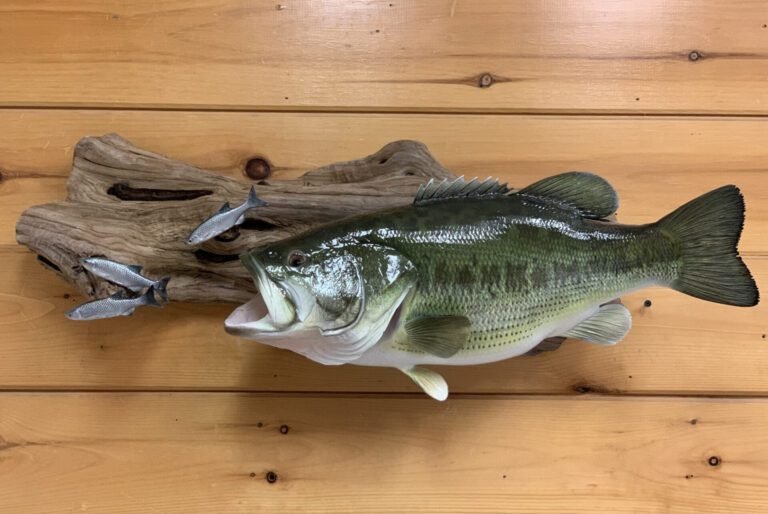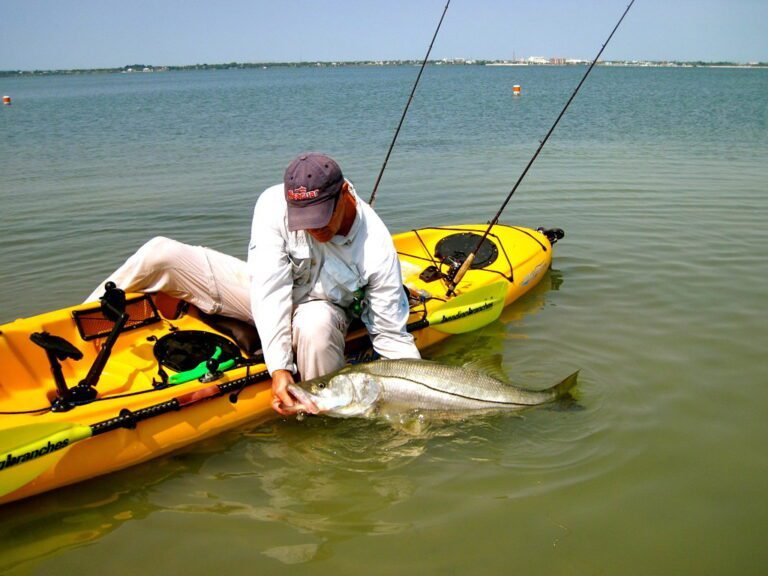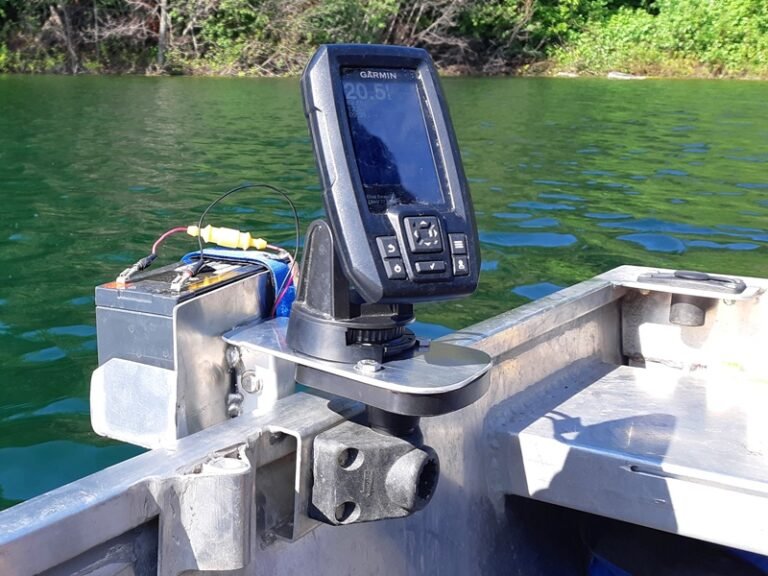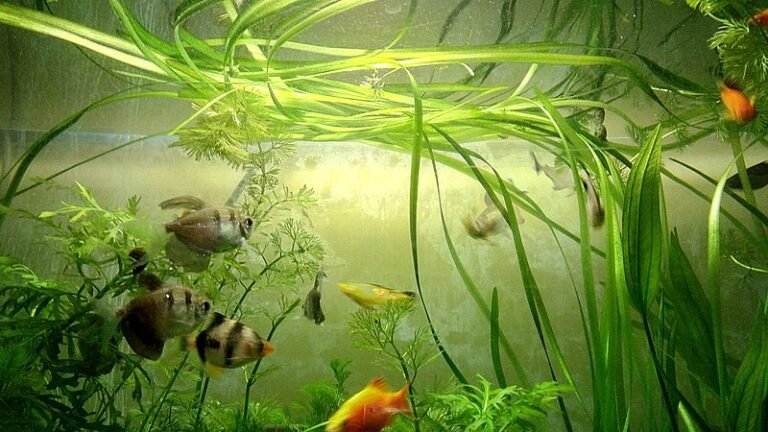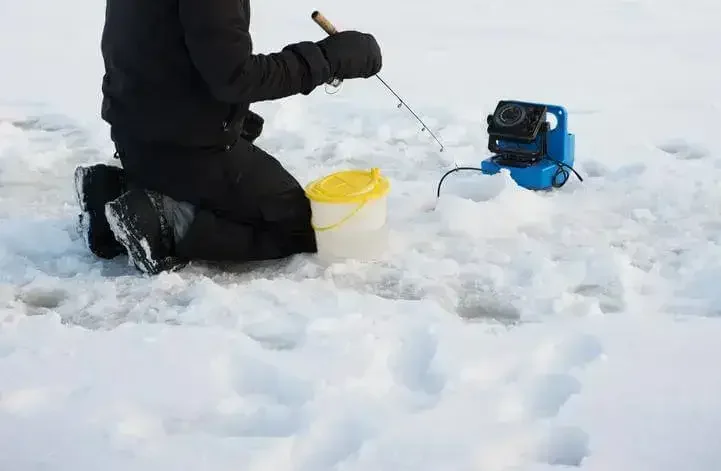Setting up a filter for your fish tank is an important step in maintaining a healthy environment for your fish. A filter helps to keep the water clean and clear by removing harmful toxins, excess food, and other debris. This article will cover the steps on aquarium filter set up, including selecting the right filter for your tank size, installing and setting up the filter, and properly maintaining the filter to ensure it works properly. Following these steps can provide your fish with a clean and healthy home.
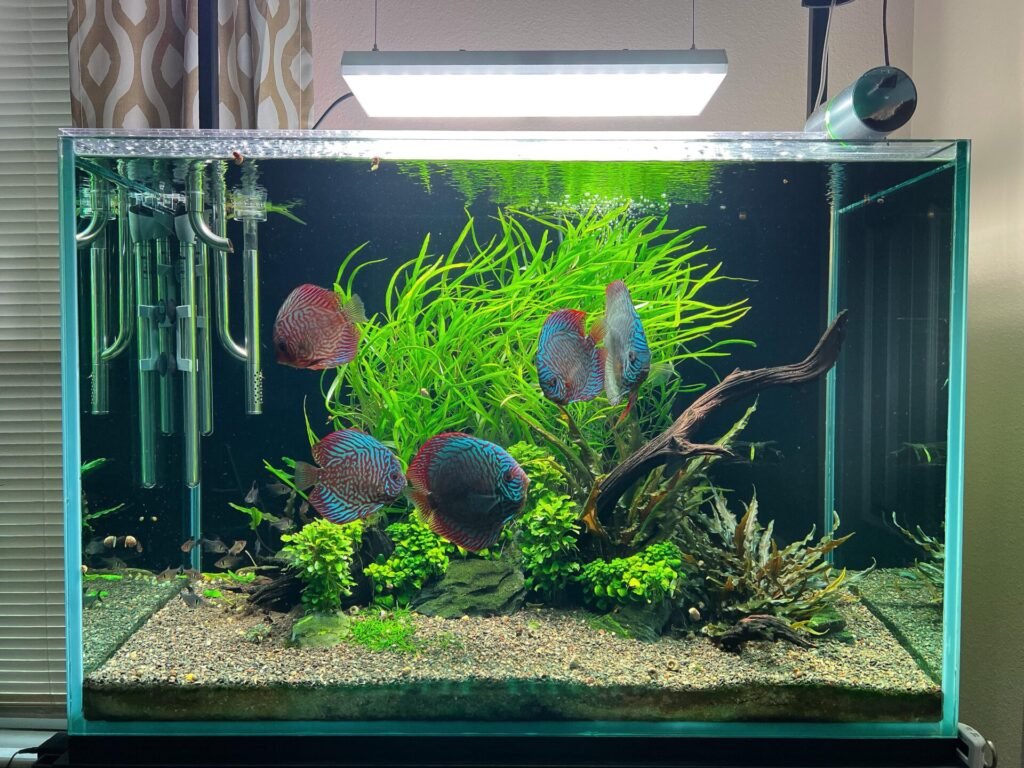
Step By Step Guide On Aquarium Filter Set up In 2024
Aquarium Filter Set up is the most important part of creating a healthy and thriving aquarium. A properly functioning filter helps to keep clean and clear water, remove toxins and excess food, and support the overall health of your fish and other aquatic life. Here is a comprehensive guide on aquarium filter set up:
Step 1
Start by gathering the required materials for your aquarium filter. You’ll need the filter itself, a pump, filter media, tubing, and other necessary parts. You can find these items online or at your local pet store.
Step 2
Now, Rinse the filter media thoroughly (such as activated carbon or filter pads) using tap water to remove any dust or debris. It will help prevent cloudiness in your aquarium water.
Step 3
Locate an appropriate location for your filter. It should be near to electrical outlet and positioned so that the intake and outflow tubes are readily accessible.
STEP 4
Follow the manufacturer’s instructions to assemble the filter according to your precise model. It may involve connecting hoses and mounting the filter onto the back or side of the tank. Make sure to follow the instructions closely and pay attention to any safety precautions.
STEP 5
Once the filter is assembled, fill the filter chamber with suitable filter media. It may contain activated carbon, ceramic rings, or bio-balls.
STEP 6
Set the filter in the aquarium. Ensure the filter is securely connected and not in a place where it can be bothered by fish or other items in the tank.
STEP 7
Fill the aquarium with water, being cautious not to disturb the filter media. If you are using tap water, be sure to use a water conditioner to remove chlorine and other chemicals.
STEP 8
Plug in the filter and turn it on. Most filters will plug into a standard outlet. Some filters may need a battery or other power source.
STEP 9
Attach the tubing to the filter and the pump. Make sure the tubing is securely connected, and there are no leaks.
STEP 10
Monitor the filter for the first few days to confirm it functions properly. Check the filter media and wash or replace it as needed.
Following the above steps, you can set up a functional and efficient aquarium filter to help keep your aquatic surroundings healthy and thriving.
Kinds of Water Filtration
Water filtration is a process that is used to clear contaminants from water to make it fit for various uses. Various types of water filtration systems are available, each with its benefits and drawbacks. Here are some common types of filtration:
- Mechanical filtration
- Biological filtration
- Chemical filtration
- Thermal filtration
- UV filtration
Mechanical Filtration
This type of filtration removes solid particles from the water using a physical barrier, such as a filter pad or sponge. These particles can include uneaten food, fish waste, and different debris.
Mechanical filtration helps to keep the water transparent and decreases the quantity of waste in the tank, which can assist in improving the overall health of the tank environment.
Biological Filtration
Biological filtration is a type of filtration process used in aquariums, ponds, and other water systems to clear pollutants and other toxic substances from the water. This type of filtration uses useful bacteria to break harmful toxins into less harmful substances, such as ammonia and nitrite.
Ammonia and nitrite are produced by the decomposition of organic matter in the tank and can be harmful to fish if allowed to build up to high levels. Biological filtration helps to keep these levels in check, creating a safer atmosphere for the fish.
Chemical Filtration
Chemical filtration is also a type of filtration used to remove organic compounds and pollutants from water. This type of filtration uses chemicals, such as activated carbon, to remove impurities and toxins from the water.
Activated carbon is a spongy material that can absorb many impurities, including odours, colours, and certain medications. Chemical filtration is usually used with other types of filtration systems, such as mechanical or reverse osmosis, to deliver a complete water treatment solution.
Thermal Filtration
Thermal filtration is a method used to filter out impurities from a liquid or gas using heat. It utilizes heat to kill bacteria and other unhealthy microorganisms in the water.
It can be gained through the use of a heating element or by running the water through a heat exchanger. Thermal filtration is often used in aquaculture and other commercial settings to ensure the water is free of toxic pathogens.
UV Filtration
UV filtration is a type of filtration that utilizes UV light to destroy bacteria and other dangerous microorganisms in the water.
UV light effectively kills the DNA of these organisms, preventing them from reproducing and causing harm to the tank’s inhabitants. UV filtration is usually used in conjunction with additional forms of filtration to purify water further.
Overall, selecting a filter appropriate for the size of your fish tank and the type of fish you are keeping is essential. Maintaining your filter according to the manufacturer’s instructions is also vital to ensure it works properly.
Types of Aquarium Filters
Various filters can be used to keep the water clean and healthy in an aquarium, each with its own advantages and disadvantages. However, we have listed some of the best aquarium filters below that can help you choose the best filter for your choice and aquarium set up.
Hang-on-back (HOB) Filters
Hang-on-back filters are tank filters designed to hang on the back of the tank and are used in freshwater aquariums and ponds. They are usually small and compact, and these filters use a mixture of mechanical and chemical filtration to clean the water.
They consist of a motorized pump that pulls water from the tank, a filter cartridge that removes solid particles and impurities, and a return tube that transmits the clean water back into the tank.
HOB filters are relatively affordable and easy to install, making them a perfect choice for beginner aquarium hobbyists. However, they may not be as sufficient to maintain water quality as other filters and may require more regular maintenance.
They come with different types of filter media, such as activated carbon, ceramic rings, and bio-balls, to remove waste, toxins, and odours from the water. They also help to maintain a healthy balance of beneficial bacteria in your aquarium.
- Easy to install
- Convenient
- Affordable
- Versatile
- Less efficient
- Noisy
Canister Filters
Canister filters are aquarium filters placed outside the aquarium and connected to the aquarium with a hose. These filters are big, external units that use a combination of mechanical, biological, and chemical filtration to clean the water.
Canister filters consist of a motorized pump, a series of tubes and hoses, and a filter media chamber that contains a variety of filter media, such as filter pads, sponges, and activated carbon.
They are more powerful than other aquarium filters and can filter larger amounts of water more quickly. However, they are relatively expensive and are more difficult to install.
- Effective
- Efficient
- Easy to maintain
- Very quiet
- Expensive
- Bulky
Under-gravel Filters
An under-gravel filter is an aquarium filter positioned at the base of the tank, usually beneath the aquarium substrate (gravel or sand).
It utilizes tubes and air stones to circulate the water and encourage the growth of beneficial bacteria. It consists of a series of plastic plates with small holes surrounding the substrate and a lift tube connected to an air pump.
As water is drawn via the substrate, debris and waste particles are trapped and filtered out of the water. The under-gravel filter is then attached to an air pump or power-head, which pushes the water through the filter and returns it to the tank.
Under-gravel filters can be a good choice for aquarium hobbyists because they are relatively low-maintenance. Still, they may not be as effective at maintaining water quality as other types of filters and may not be suitable for tanks with heavy fish loads or large amounts of live plants.
- Affordable
- Easy to install
- Simple
- Low maintenance
- Inefficient
- Difficult to clean
Wet/dry Filters
Wet/dry filters use a mixture of mechanical, biological, and chemical filtration to clean the water. It consists of a sump tank located below the aquarium, a series of tubes and hoses, and a filter media chamber containing various filter media.
The sump collects the water from the aquarium and then passes via the filter media, where particles and debris are cleared. The filtered water is then returned to the aquarium.
Wet/dry filters are created to expose a large surface area to the air, encouraging the growth of beneficial bacteria and enhancing the overall health of the tank environment. However, they can be more costly and tough to install and maintain and may not be appropriate for all aquarium set ups.
- Effective
- Efficient
- Versatile
- Excellent at removing ammonia and nitrite from the water
- Expensive
- Complex to setup and maintain
Aquarium Filter Placement
Aquarium filters are normally placed near the back of the tank, on the bottom or the side, depending on the filter’s design and the tank’s structure. The goal is to set the filter so that it can effectively circulate and purify the water while also being out of the way and not blocking your view of the tank.
It is significant to follow the manufacturer’s instructions for the placement and installation of the filter, as various filters may have specific requirements or recommendations.
Saltwater Aquarium Filters Set up
Setting up a saltwater aquarium filter involves installing the filter according to the manufacturer’s instructions and adding the necessary filter media. Mechanical filters, such as sponge pads or filter floss, should be set up first to clear physical debris from the water.
Chemical filters, such as activated carbon or resin, can then be added to remove dissolved contaminants. Finally, biological filters, such as ceramic media or bio balls, should be installed to deliver a surface for helpful bacteria to grow. These bacteria help to transform harmful ammonia and nitrite into less harmful nitrate, maintaining a stable and healthy environment for the aquarium inhabitants.
Once the filter is set up and the tank is loaded with salt water, using a hydrometer to calculate the specific gravity, you can add any necessary additives or supplements according to the manufacturer’s instructions.
The filter should then be turned on and run for several hours to circulate and purify the water. Regular water testing is necessary to confirm it is balanced and within the proper range for the aquarium inhabitants.
What Is Chemical Filtration
Chemical filtration refers to chemical processes to clear contaminants from water or other liquids. It can be done using various techniques, including adsorption, absorption, and chemical reactions.
Some common chemicals used in chemical filtration include activated carbon, which is used to clear impurities through adsorption, and potassium permanganate, which is used to clear iron and manganese from the water via chemical oxidation. Chemical filtration is usually used in conjunction with physical filtration methods, such as sand filtration, to deliver a complete treatment of the liquid being filtered.
Box Filter Aquarium
A box filter is a mechanical filtration system normally used in aquariums. It consists of a box-shaped container loaded with filter media, such as activated carbon or filter pads, created to remove contaminants from the water.
Water is pumped into the filter, passing through the filter media, which removes solid particles and other impurities. The filtered water is then returned to the aquarium. Box filters are generally used in conjunction with other types of filtration, such as biological filtration, to provide a complete filtration system for the aquarium.
FAQs
In what order do fish tank filters go in?
In general, it is recommended to follow this order when setting up a fish tank filtration system: mechanical filtration, biological filtration, and then chemical filtration.
can you have too many filters in an aquarium?
It is normally not recommended to have too many filters in an aquarium as it can lead to over-filtering, which can negatively affect water quality and the health of the fish.
Should i turn off the filter before feeding the fish?
Turning off the filter when feeding the fish is recommended, as the movement of the water generated by the filter can disperse the food and make it more challenging for the fish to eat. Turning off the filter can also help to control the food from being drawn into the filter and jamming it.
Conclusion
It is necessary to select a filter that is appropriate for your aquarium’s size and needs and follow the manufacturer’s instructions for installation and maintenance. By taking the time to properly set up and maintain your aquarium filter, you can help to ensure the well-being and longevity of your fish.

